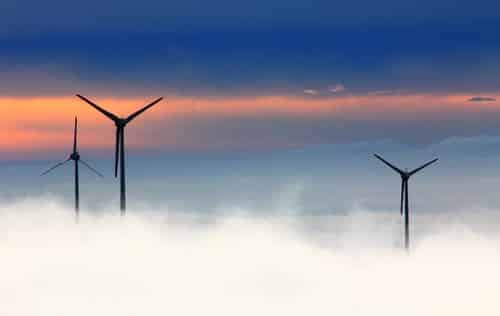Dominion Energy Seeks Up To 24 Gigawatts of Renewables, Storage in Virginia Resource Plan

Dominion Energy Inc. on May 1 filed its 2020 integrated resource plan with the Virginia State Corporation Commission, reflecting the targets of the Clean Economy Act, which requires the company to produce its electricity from carbon-free sources by 2045. Under the proposal, the company proposes to add 6.7 to 18.8 gigawatts of solar over the next 15 years. The plan envisions up to 2.7 gigawatts of energy storage and up to 5.1 gigawatts of offshore wind through 2035. Currently, Dominion has 396 megawatts of solar, 1.8 gigawatts of energy storage and 12 megawatts of offshore wind that are operational or under construction. The company said that its recommended alternative quadruples the amount of solar and wind in the 15-year planning horizon compared to last year’s resource plan update filed with the commission.
On the same day, Dominion Energy issued a request for proposals for up to 1 gigawatt of solar and onshore wind generation and up to 250 megawatts of energy storage, the company’s largest renewable energy solicitation in a calendar year.
The plan covers the 15-year period beginning in 2021 and continuing through 2035, using 2020 as the base year. The IRP puts forth alternative plans that set the company on a trajectory to achieve these clean energy targets. Among the four alternative plans, Plan A, is meant for cost comparison purposes only in compliance with commission orders. The three other plans assume that Virginia will participate in Regional Greenhouse Gas Initiative, RGGI, a 10-state regional effort to cap and reduce power sector emissions. These plans also include 970 megawatts of natural gas-fired combustion turbines as a placeholder to address possible reliability issues resulting from the sizeable addition of renewable energy and the retirement of coal-fired facilities. Dominion’s recommended alternative – Plan B – calls for 15.9 megawatts of solar, 2.7 megawatts of storage, and 5.1 megawatts of offshore wind for a total of 23.7 megawatts.
The planning process takes into account emerging policy, market, regulatory, and technical developments. In February 2020, Dominion Energy announced its commitment to net zero emissions across its nationwide electric generation and gas infrastructure operations by 2050. The company expects that Virginia will soon become a full participant RGGI. Apart from the Clean Economy Act, or CEA, another legislation, also enacted in April, authorizes Virginia to join RGGI directly and authorizes the state’s Department of Environmental Quality to implement the its carbon rule.
The CEA creates a mandatory renewable portfolio standard, or RPS, aimed at 100 percent clean energy from the Dominion Energy’s generation fleet by 2045. To implement the measure, the law calls for large amounts of energy efficiency, solar, wind, and energy storage resources, and also mandates the retirement of carbon-emitting generation units by 2045, unless it is determined that the closure of a unit threatens grid reliability. The law directs Dominion Energy to seek commission approval to construct or purchase up to 5.2 gigawatts of offshore wind generation, declaring such generation to be in the public interest if commercial operations are achieved by 2034. Dominion is also required to seek approval for 16.1 gigawatts of solar or onshore wind by 2035.
EnerKnol Pulses like this one are powered by the EnerKnol Platform—the first comprehensive database for real-time energy policy tracking. Sign up for a free trial below for access to key regulatory data and deep industry insights across the energy spectrum.
ACCESS FREE TRIAL